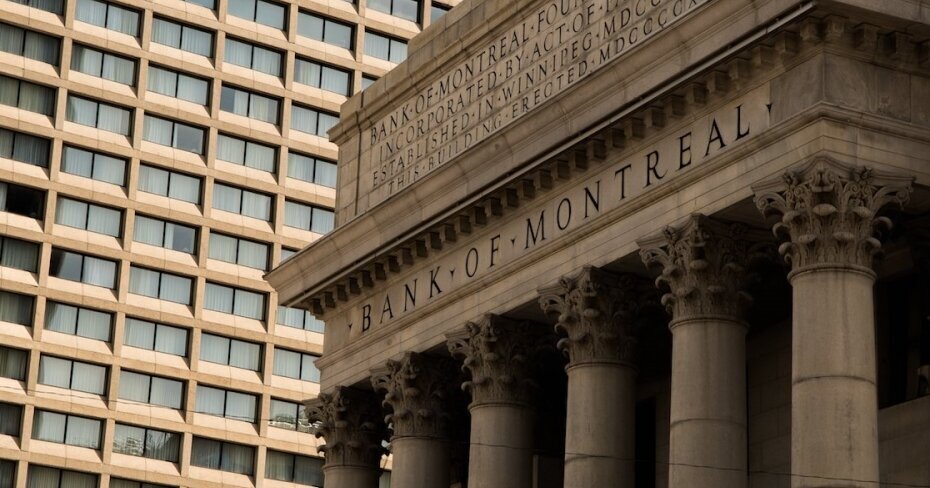BMO offers lowest big bank variable mortgage rate on record
By: Jessica Mach on May 9, 2018
The Bank of Montreal is currently offering a five-year variable mortgage rate of 2.45% — that’s the biggest discount ever given by any of Canada’s six major banks since at least 2012, data from LowestRates.ca confirms. The discount will be available until the end of May.
The rate is now 1% lower than BMO’s prime interest rate — e.g., the benchmark rate against which customers can compare the deals that the bank offers across all loan types, including mortgages and student loans. Banks typically set their variable rates significantly lower than their prime rate, while fixed rates are typically closer to prime.
BMO’s variable rate is now lower than the discretionary rates — or rates that are not advertised, but are offered to borrowers with preferred credit scores — offered by Royal Bank of Canada, Toronto-Dominion Bank, and Bank of Nova Scotia for similar mortgages. Those rates currently stand around 2.75%, the Financial Post reported Tuesday.
The biggest competition for BMO comes from HSBC Holdings Plc’s Canadian lender, which is selling variable rates for only four basis points higher, at 2.49% interest.
LowestRates.ca allows you to quickly compare mortgage rates from Canada's big banks and local brokers.
Get startedWhy is BMO slashing its rates right now? There are several explanations.
The first is competition. Since OSFI introduced its “stress test” rules on Jan. 1, a growing number of hopeful home buyers have found themselves suddenly priced out of the traditional mortgage market, which is essentially run by Canada’s major banks. To secure a mortgage amid tougher regulations, many of these buyers have started turning to alternative lenders like credit unions or private companies — none of which are obligated to enforce OSFI’s “stress test” rules, unlike the country’s big banks. Lower rates would therefore give BMO an edge against this newly competitive wave of lenders.
Another reason BMO is lowering its rates is in response to moves by the country’s other big banks.
In recent weeks, big banks have been lowering their variable rates while raising their fixed rates. This is a result of things happening in bond market (more on this in a bit). In mid-April, TD led the way in lowering its five year variable rate from 2.95% to 2.85% just ahead of the Bank of Canada’s last rate announcement. A little over a week later, TD upped its posted five year fixed rate by 45 basis points to 5.59% — a new post-recession high.
By early May, all the other major banks — BMO, CIBC, Scotiabank, RBC, and the National Bank — had increased their five year fixed rate as well.
Banks increased their fixed rates because bond yields saw a spike in the spring — fixed rates are more influenced by costs in the bond market. Variable rates closely follow the Bank of Canada’s benchmark rates.
With Canada’s economy doing reasonably well, the country’s major banks seem to be anticipating future rate hikes from the Bank of Canada — but the pace of those hikes were recently tempered by a cautious tone from the Bank of Canada. This will certainly change once we see another hike from the BoC, meaning if anyone is getting a variable rate now because it’s cheaper — make sure you can afford a few rate hikes.
We think variable is the smarter choice in the long-run. But only if you can afford it.

.jpg?itok=SnQQgxS0)
